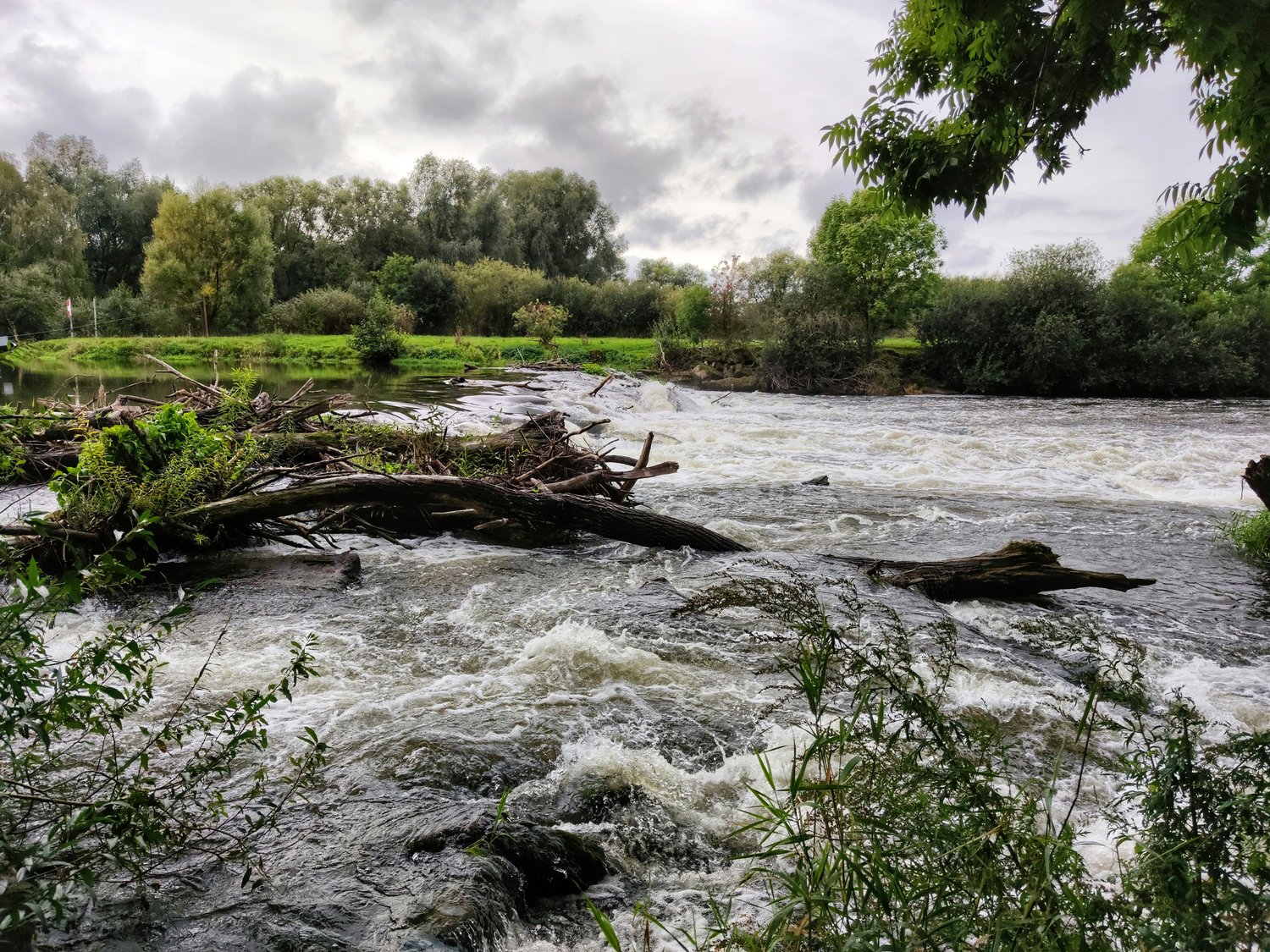Image: https://unsplash.com/photos/brown-tree-log-on-river-Z3epzHjVbQA
by Lewis Robinson
In the realm of cinema, natural disasters provide a dramatic backdrop that can heighten the emotional impact of a story. Among these, floods have served as a powerful narrative device, showcasing human vulnerability against nature’s might. This article delves into iconic films that have utilized major flooding to drive their plots, while subtly touching on the practical considerations of flood insurance as a real-world precaution against such disasters.
The Narrative Power of Floods in Film
Floods in cinema are often depicted with awe-inspiring realism and tragic beauty, serving both as a plot catalyst and a mirror reflecting human resilience and ingenuity. These films not only entertain but also provoke thought about the fragility of our built environments and the often overwhelming force of nature.
Titanic (1997)
Perhaps one of the most famous films featuring flooding, James Cameron’s Titanic uses the sinking of the legendary RMS Titanic to explore themes of love, class struggle, and disaster. The catastrophic flooding of the unsinkable ship provides a harrowing backdrop to the human drama, making it a compelling survival story as well as a romantic tragedy.
The Impossible (2012)
This intense drama is based on the true story of a family caught in the chaos of the 2004 Indian Ocean tsunami. The Impossible showcases the terrifying power of the waves as they devastate the landscape, leading to widespread flooding. The film focuses on the family’s physical and emotional journey to find safety and reunite amidst the disaster.
Noah (2014)
Darren Aronofsky’s Noah interprets the biblical story of Noah’s Ark with a fantastical twist. Here, the flood is both a cleansing force and a divine test. This film explores themes of faith, redemption, and survival in the face of an apocalyptic deluge, highlighting the extremes of floodwaters as both destructive and renewing.
Hard Rain (1998)
Set against the backdrop of a town enduring a massive flood, Hard Rain combines heist dynamics with disaster film tropes. The floodwaters are not just a challenge but also a cover and tool for criminals, and the protagonists must navigate not only the natural disaster but human antagonists as well.
Flood (2007)
A lesser-known film, Flood takes place in London, depicting a colossal storm surge that threatens to inundate the city. This film explores the logistical and emotional challenges of a major metropolitan area facing a catastrophic flood, emphasizing large-scale disaster management and personal survival stories.
Real-World Relevance: The Role of Flood Insurance
While these films often depict extreme events, they do raise important questions about preparedness in the face of natural disasters, particularly flooding. In the real world, one of the critical defenses against the financial risks posed by flooding is flood insurance. This coverage is specifically designed to help homeowners and businesses mitigate the financial devastation caused by floodwaters. Unlike standard property insurance, flood insurance covers losses directly caused by external water sources, such as rivers overflowing their banks, storm surges, and other similar conditions.
The necessity of flood insurance cannot be understated, especially in flood-prone areas. It ensures that businesses and individuals can recover more quickly financially, although it does not diminish the emotional and physical toll of these events. Films like The Impossible and Flood underscore the suddenness with which these disasters can strike and the long-term impacts they can have on lives and landscapes.
Conclusion
Movies featuring major flooding events serve not only to entertain but also to enlighten audiences about the sheer power of nature and the human stories within these crises. They bring to the forefront the unpredictability of life and the necessity of preparation, including the adoption of flood insurance. Each narrative, whether grounded in historical events like Titanic or steeped in myth like Noah, shares a common thread—the resilience of the human spirit in the face of overwhelming odds.
As filmmakers continue to explore and expand upon these themes, audiences are not only captivated by the spectacle but are also reminded of practical considerations such as ensuring adequate insurance coverage against natural disasters. Thus, while these films provide an escape into high-stakes drama, they also reflect significant real-world concerns, marrying the art of cinema with the practicalities of living in an increasingly unpredictable environmental landscape.



